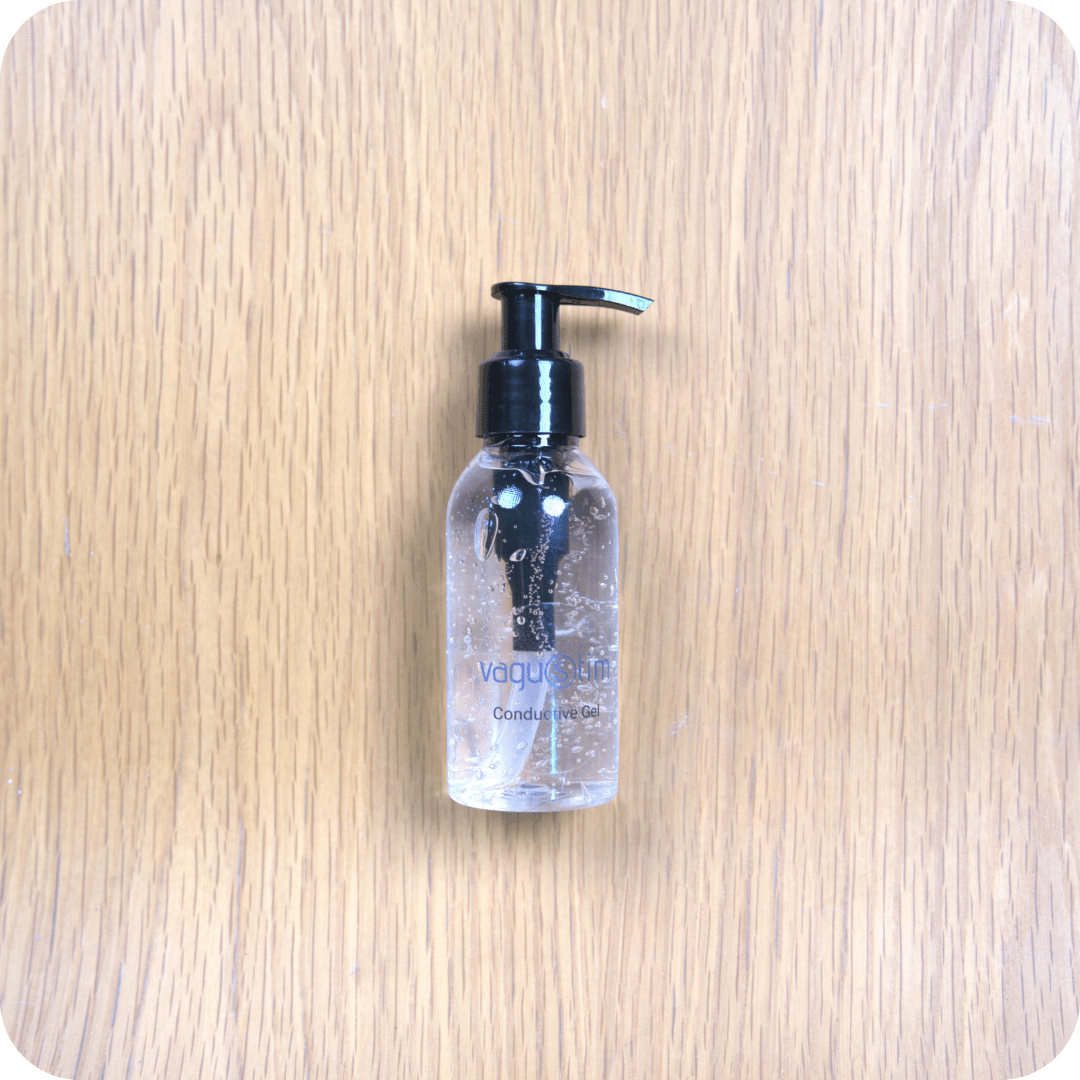Introduction: Inflammatory bowel disease is a chronic and idiopathic disease of the digestive tract. The disease also affects the liver and pancreas. Our aim in the study was to examine the effect of transcutaneous auricular vagal nerve stimulation (TAVNS) on the healing of liver and pancreas damage.
Material and Method: 36 rats in 4 groups were included in this study. The Sham group was intracolonic injected with saline and TAVNS was not applied. The Sham+ TAVNS group was injected intracolonically with saline and TAVNS was applied. The TNBS+Sham group was injected with TNBS (trinitrobenzene sulfonic acid) intracolonically and TAVNS was not applied. In TNBS+ TAVNS group, both TNBS was injected and TAVNS was applied. Liver tissue and pancreas tissue were examined histologically and histomorphometrically. Results: In our study, the final body weights of TNBS+Sham and TNBS+ TAVNS groups were found to be significantly lower than Sham and Sham+TAVNS groups. The liver and pancreas histopathological scores of the TNBS injected groups were significantly higher. In the liver hepatocytes of rats in TNBS+Sham group, necrotic areas, vacuolar degeneration, and sinusoidal congestion were observed in some regions. Degenerative findings in liver sections of group TNBS+ TAVNS group were also partially reduced. The number and area of Langerhans islets in the pancreas of the animals in TNBS+Sham and TNBS+ TAVNS groups were found to be lower than in Sham and Sham+ TAVNS groups.
Conclusion: In this study, we found that TNBS-induced colitis in rats caused histopathological and histomorphometric changes in the liver and pancreas, causing weight loss, and that TAVNS had therapeutic effects on these changes.
Keywords: Colitis, vagal nerve stimulation, liver, pancreas




